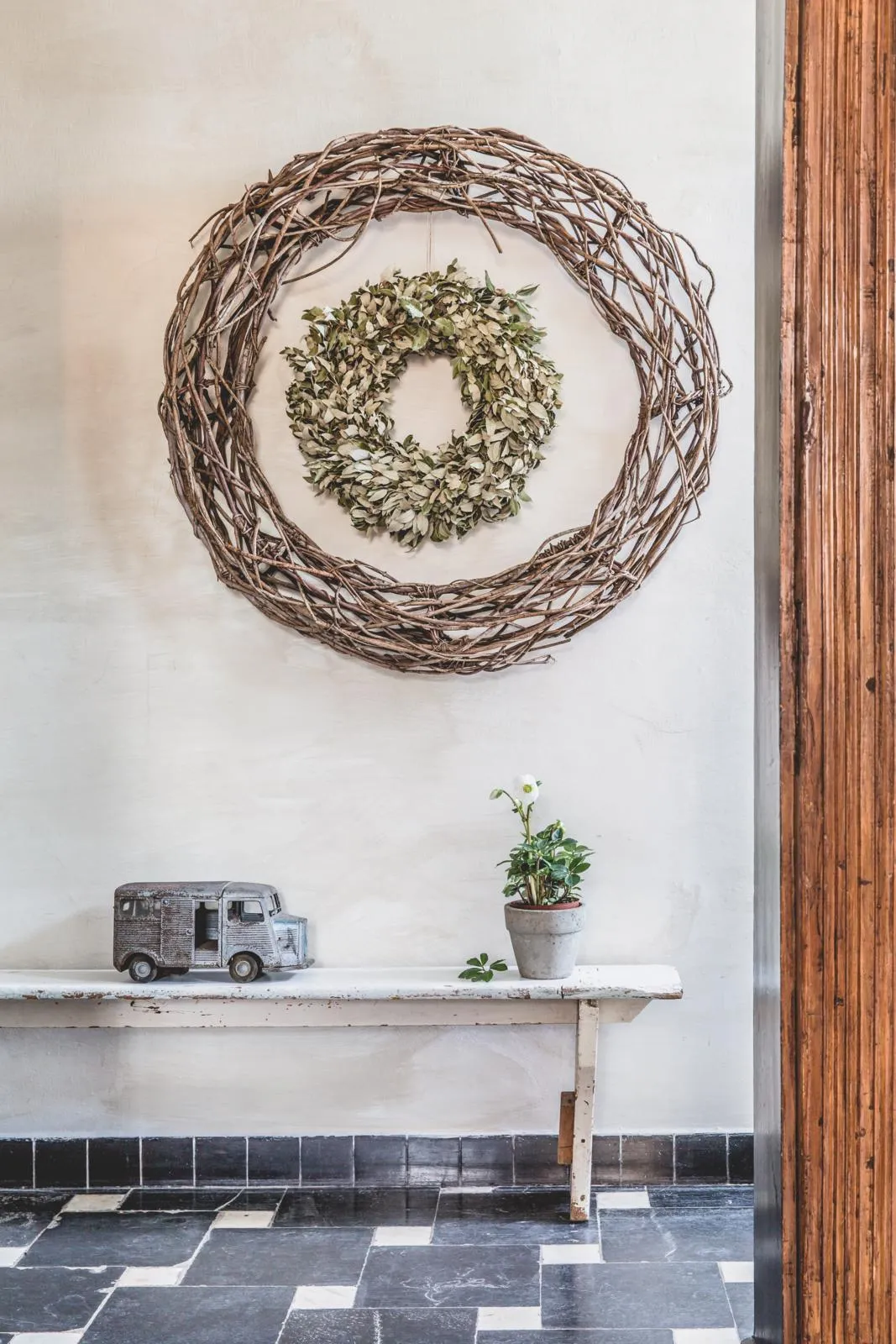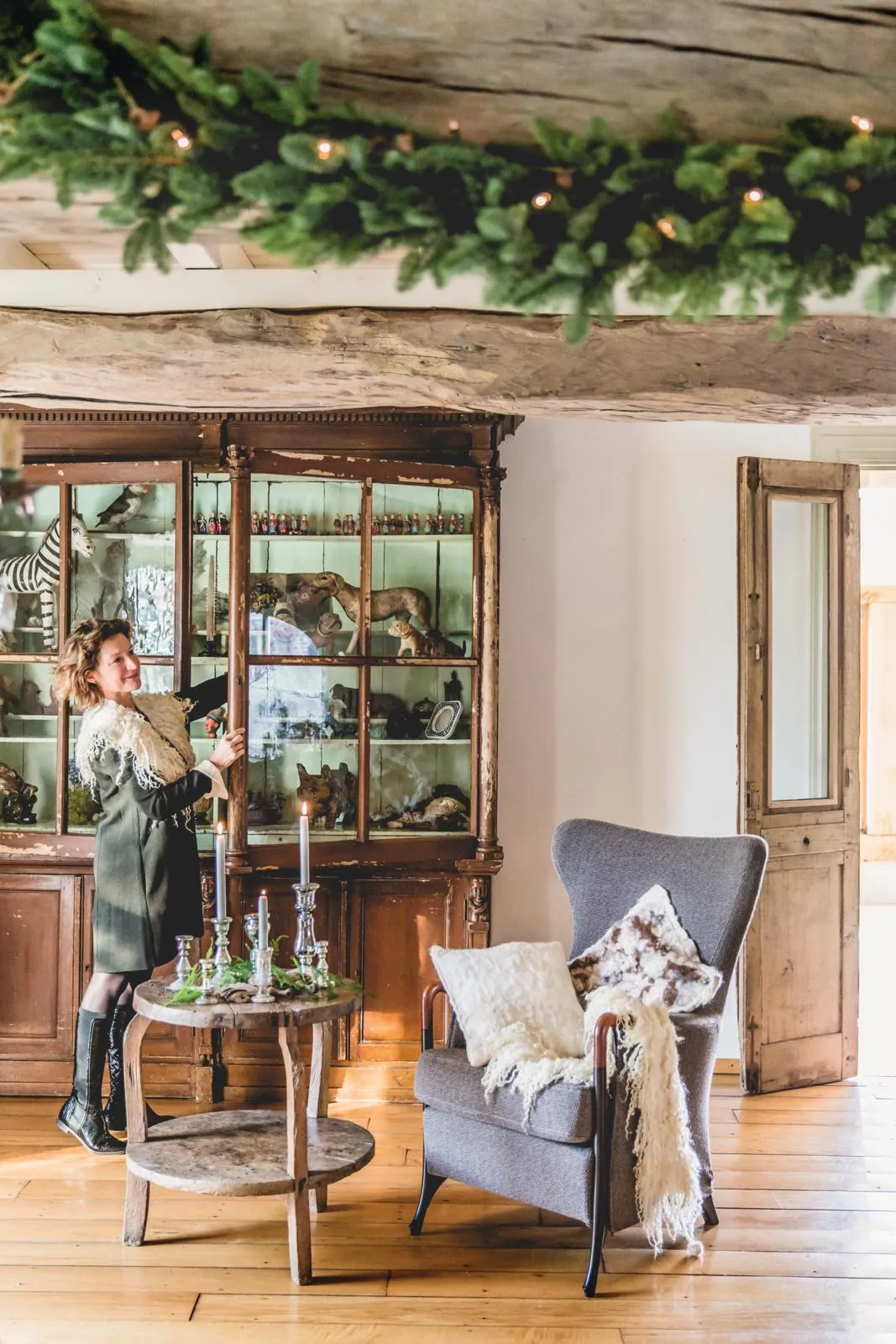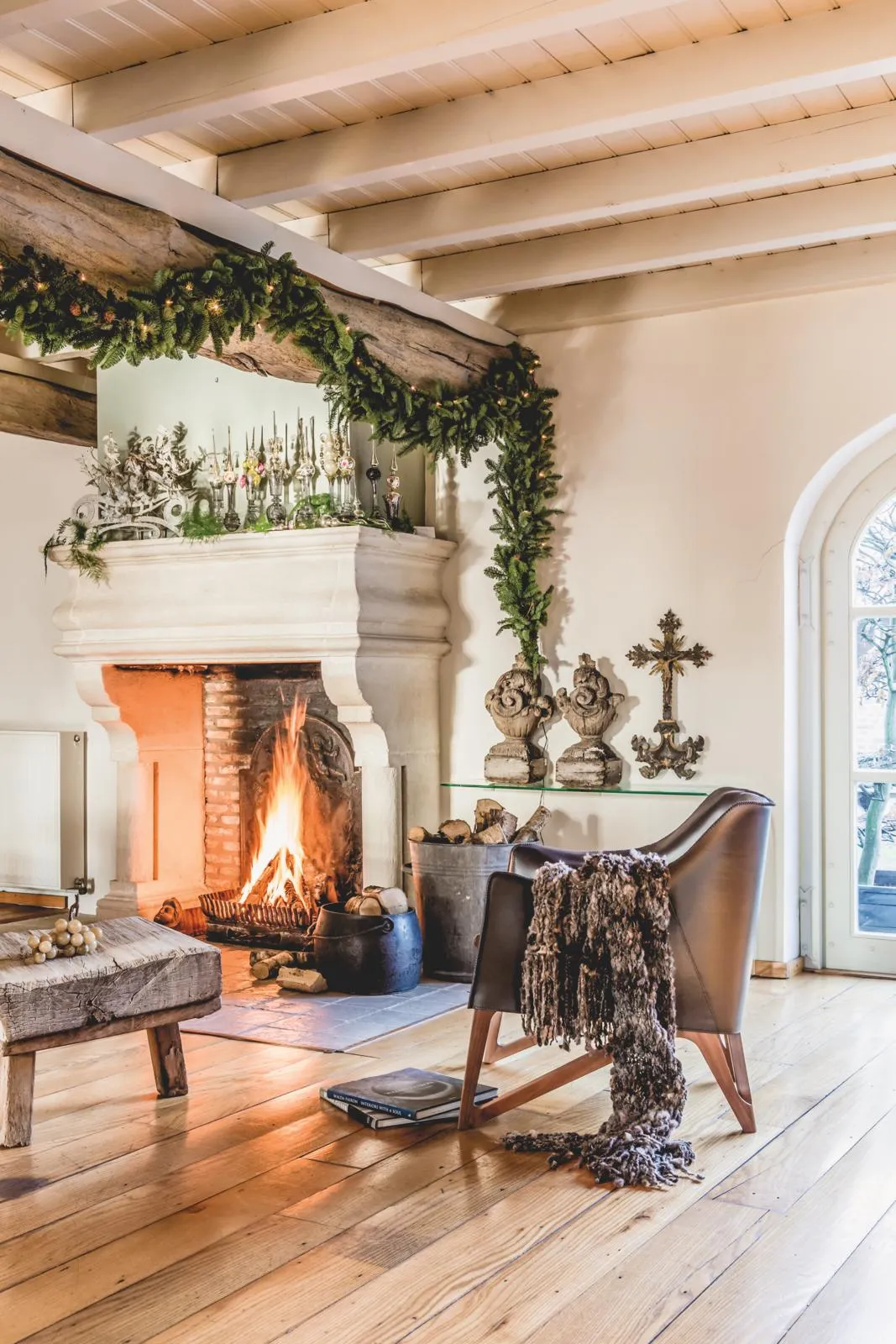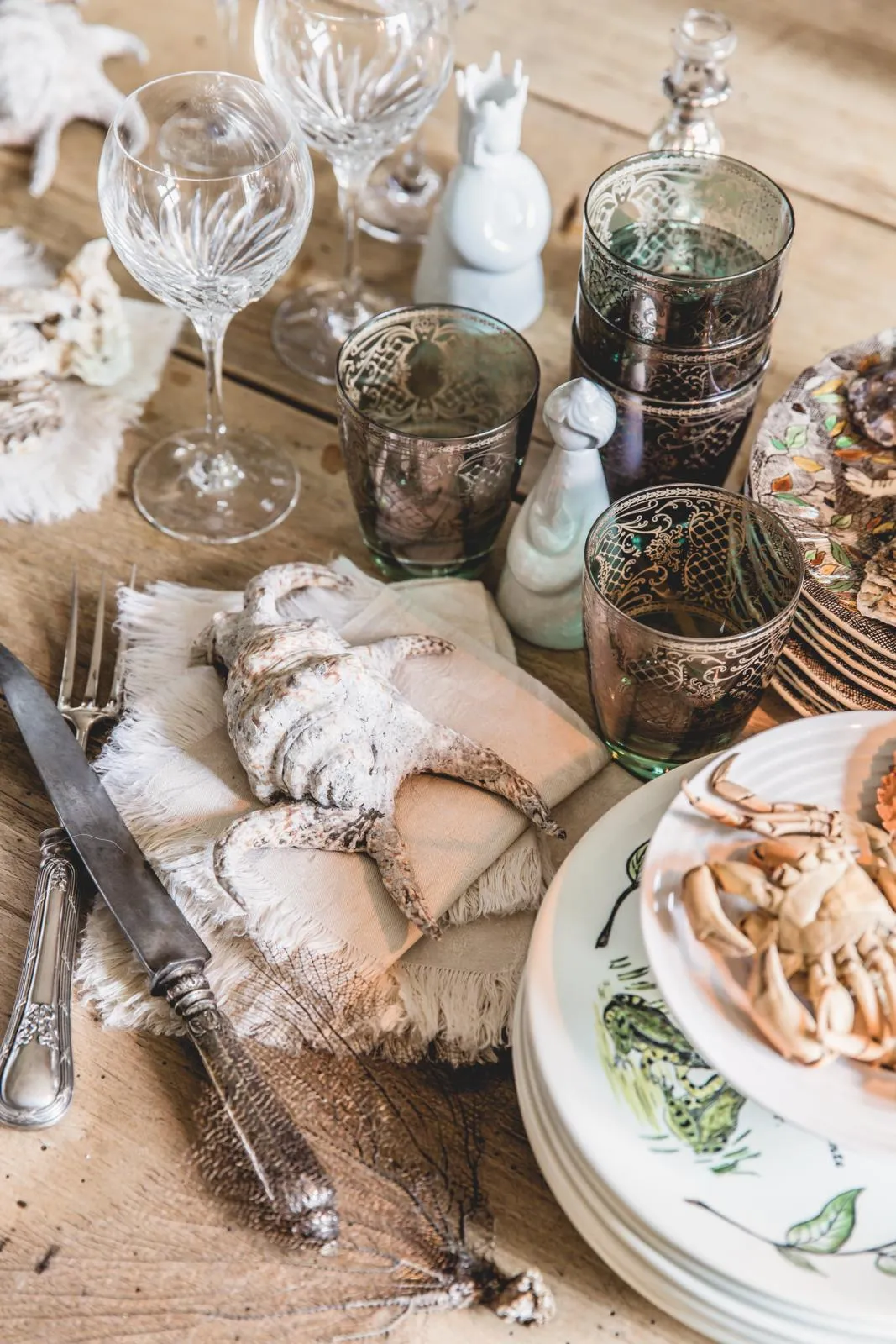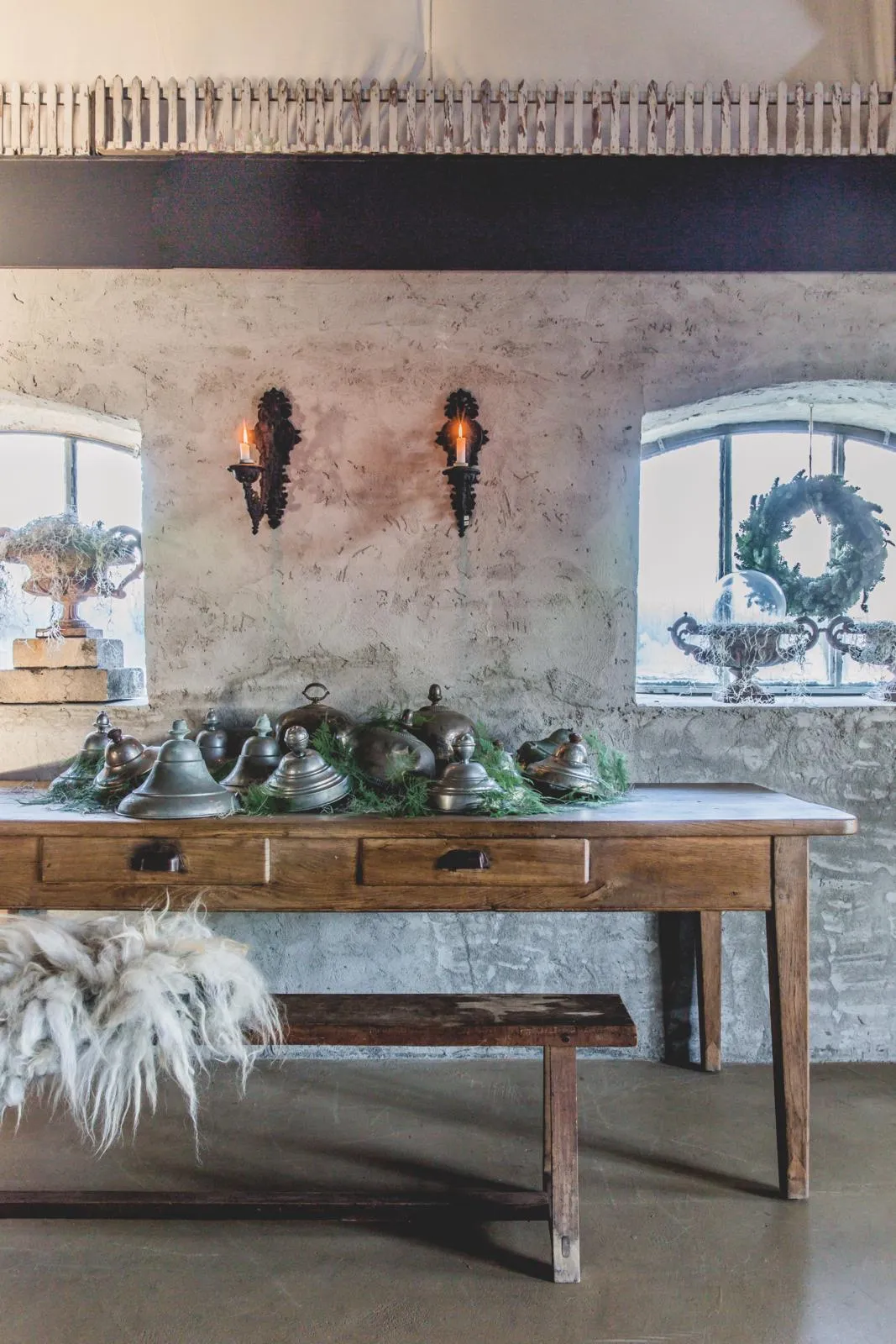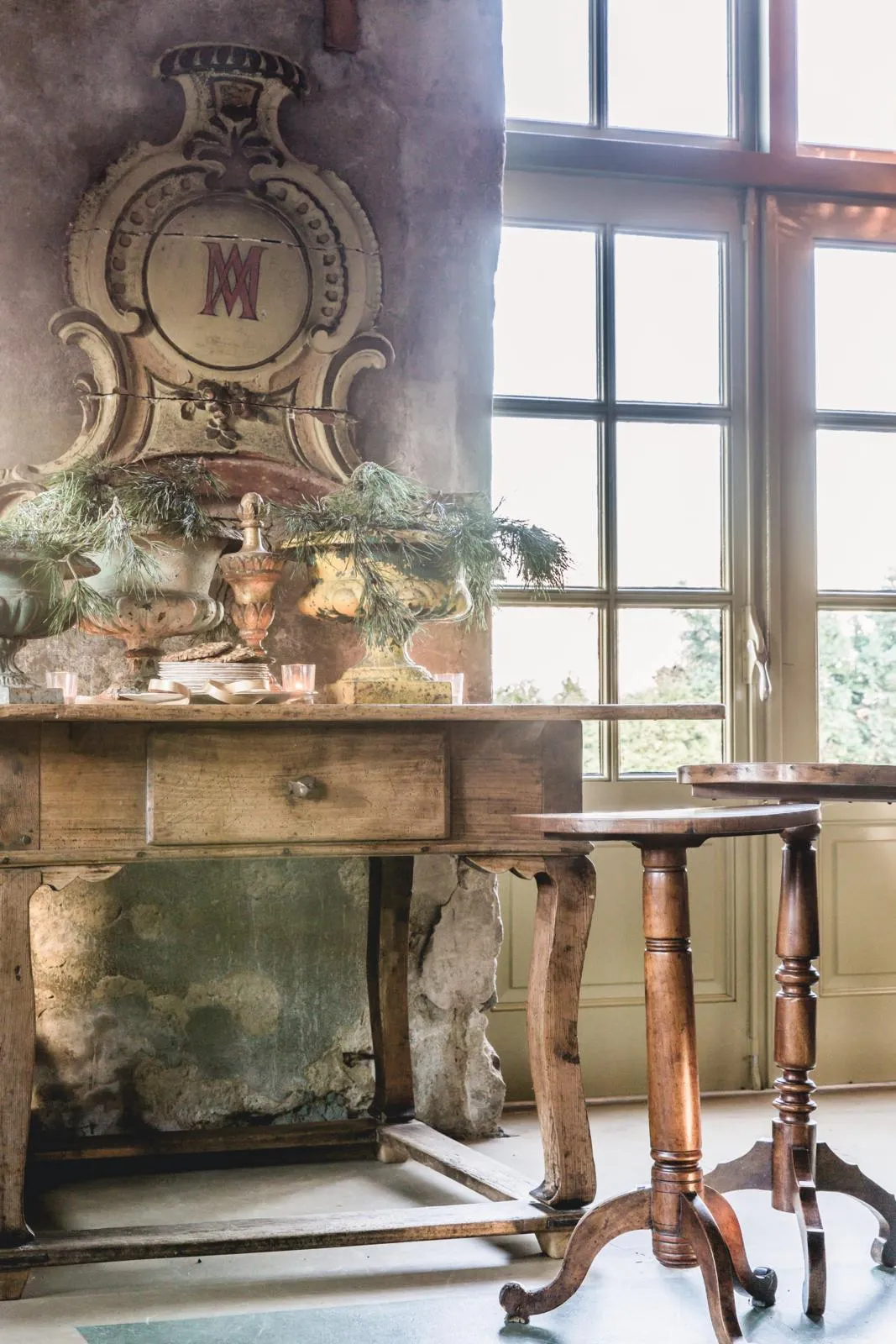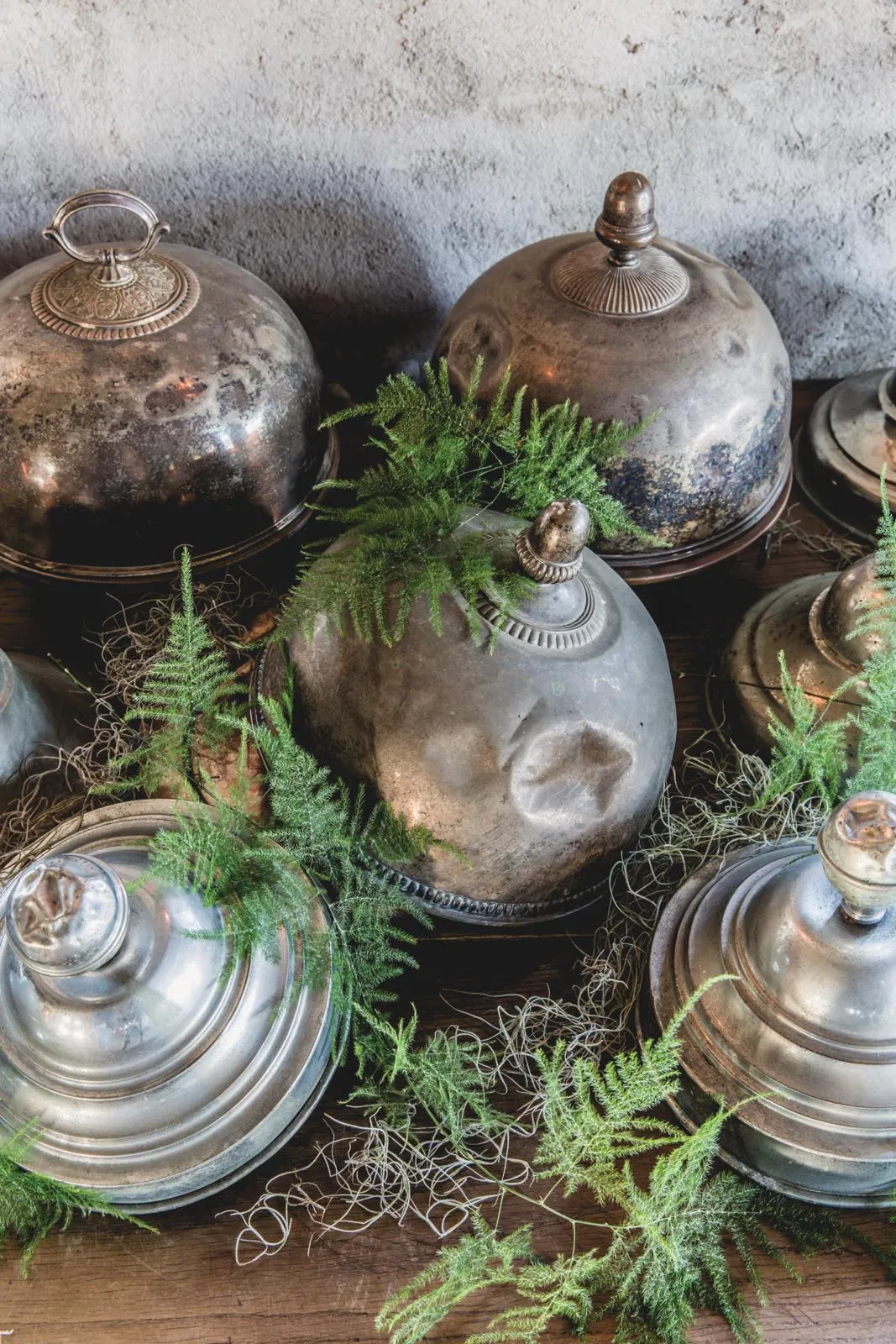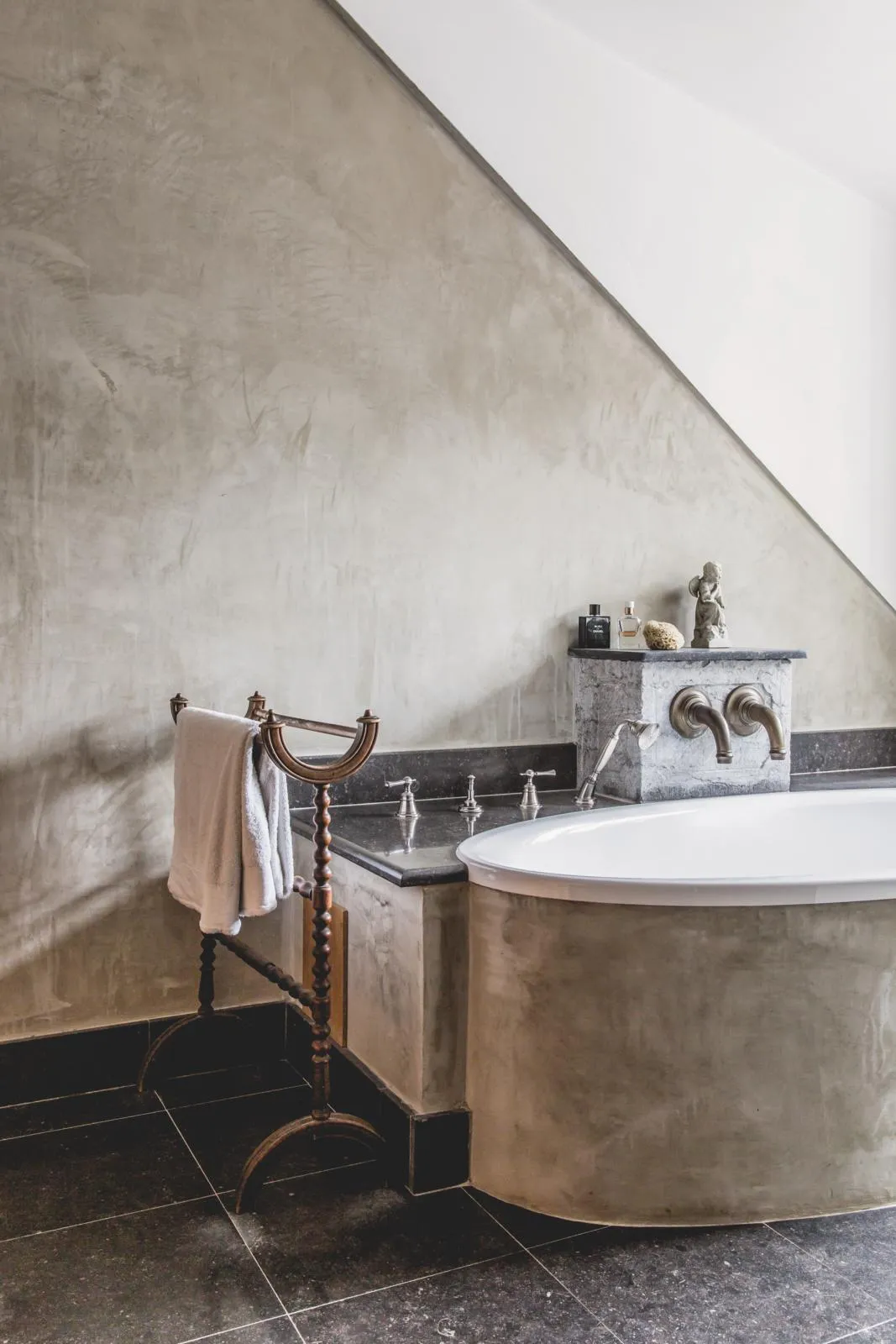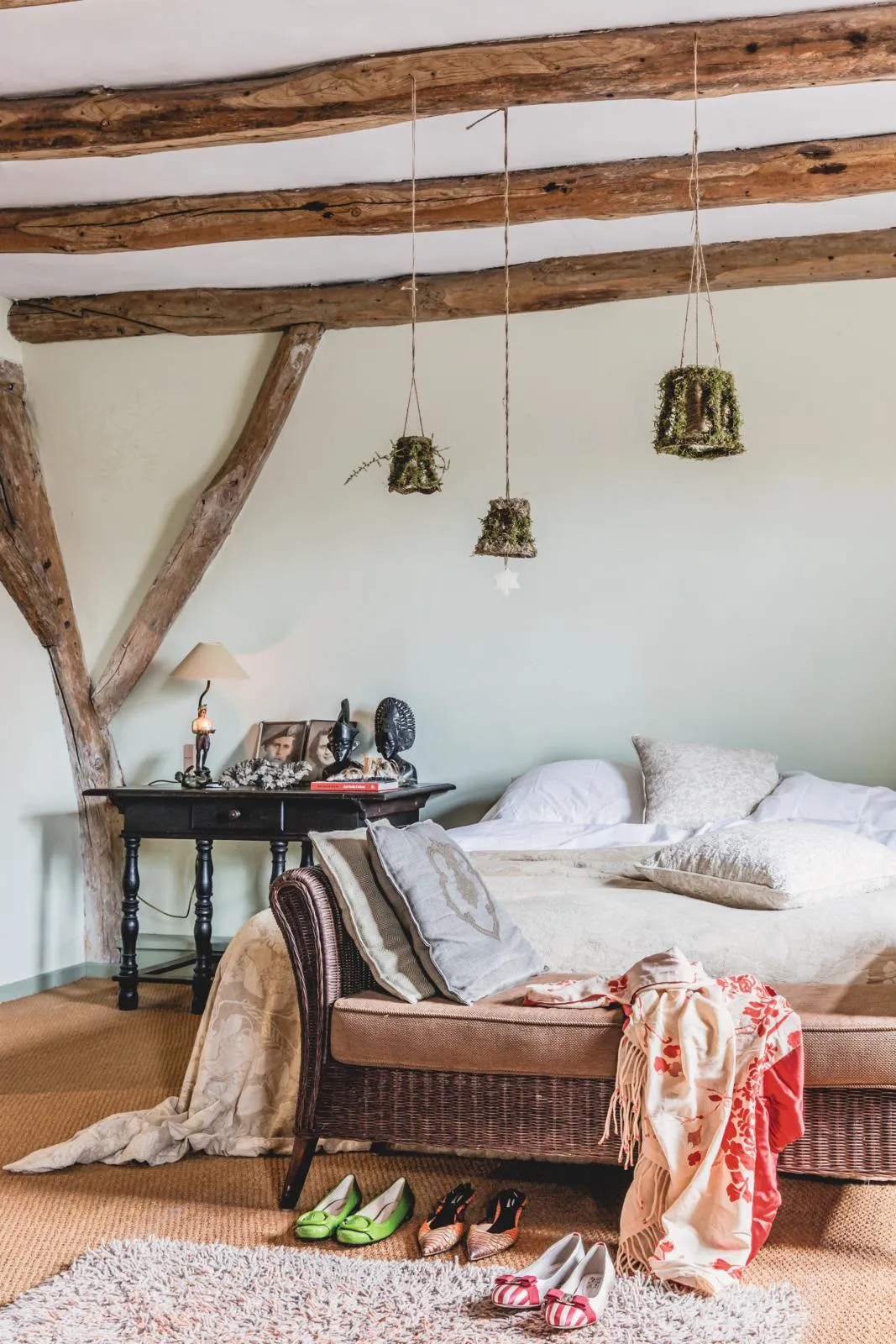It was an inauspicious viewing, admits antiques dealer Marly Geurts, recalling her first visit to the 19th-century farmhouse in Broekhuizenvorst that she shares with her husband Wiel. ‘It really wasn’t love at first sight for me,’ she laughs. ‘All I could see was the huge amount of work that had to be done before you could even begin to imagine how it might look.’
Built in 1863, the house was owned by a wealthy farmer who was also the local mayor. ‘The building served as the village council house as well as his home,’ says Marly, explaining that the property was designed with reception rooms that were large enough for public events such as weddings, while on the land outside there were stables and a cowshed. ‘Most of the original details in the house had either been removed by former owners or were hidden behind unattractive panelling, which seemed to be everywhere,’ she recalls. ‘It just felt the project would be too extensive for us.’
At the time, the couple were living in a small house in the nearby town of Venlo and the decision to move had been prompted by Marly’s increasing success as an antiques dealer. ‘It had started as a hobby alongside my full-time job in sales,’ she says, but the antiques were beginning to take over. It was time to give up the day job and concentrate on what she really cared about. The plan was to find a property that could serve as both their home and a base for their business, and so, despite her misgivings, Wiel persuaded Marly to return for a second viewing.
You might also like a traditional Swedish farmhouse
‘He convinced me the place was perfect for our plans, with room for a proper shop and showroom,’ says Marly, who, on the second visit, conceded that even in its rundown state, the building had a certain allure. ‘The location was stunning and I could see it had masses of potential.’
Although she was still slightly daunted by the scale of the project, Marly agreed that they should give it a go. ‘We were young and maybe a little reckless,’ she laughs, describing how they approached the renovation by cutting the whole process into ‘smaller, doable sub-projects.’ The first of which was to turn part of the stables into a living room. This was swiftly followed by the transformation of another cowshed into a large shop space.
The couple started renovating in February 1997 and by December of that year they were able to toast their new shop, Lignum Antiquum, at a festive opening party, which has since become an annual event. ‘Every Christmas we host a three-day event for friends and clients. I like to decorate the whole house as well as the store and there’s a really warm, seasonal atmosphere,’ Marly says.
The name of the shop means ‘old wood’ in Latin, and was chosen because the couple specialise in French 18th and 19th-century country furniture and decorative antiques. ‘These pieces have a certain frivolity as well as an honesty that we both love,’ says Marly. ‘French antiques usually have obvious traces of usage, a natural patina, which adds to their beauty and value.’
You might also like a 19th-century farmhouse in the Somerset countryside
Work on the rest of the house progressed slowly but steadily, and throughout the lengthy process original details that had been hidden behind layers of plaster and hardboard were gradually revealed. In the kitchen they found a small window hidden away behind some panelling. The couple believe that it would have been used as the counter where people made appointments and reported their civil affairs when the building also served as the local council house.
Now the renovation is complete, Marly and Wiel have more time to dedicate to their business and, as it grows, so the house fills with the overflow from the store, much to the bemusement of friends. ‘They are often amazed that almost everything in the house has a price tag,’ laughs Marly, explaining that people ask how they can bear to part with their possessions on such a regular basis. ‘We’re used to it, though. Occasionally there are things I hope won’t sell too soon because I love them so much.’
But when a favourite piece finds a buyer, Marly takes a philosophical view: ‘We have the privilege of surrounding ourselves with beautiful items, which we enjoy and use for as long as they are around.’
